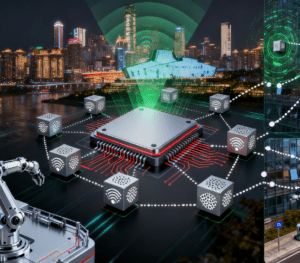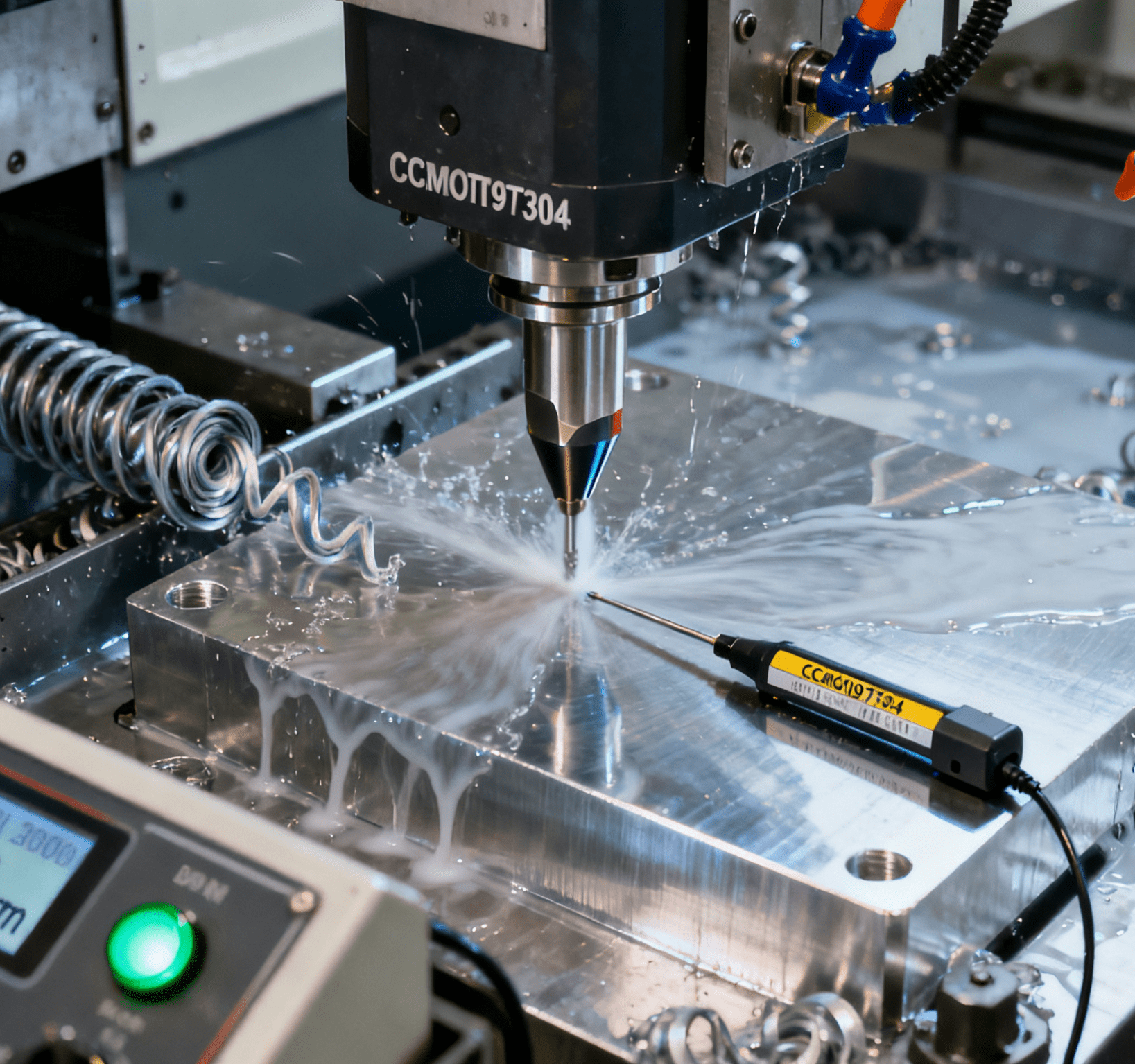
Policy-Driven Leap: Chongqing’s Plan and 5G+MDFC Core Technology
On November 6, 2025, the Chongqing Municipal Economic and Information Technology Commission issued the *Work Plan for Promoting the Cluster Development and Large-Scale Application of the 5G+MDFC Passive IoT Industry in Chongqing* (hereinafter referred to as the “Plan”). The Plan clarifies development goals: by 2027, a complete industrial ecosystem covering MDFC chips, passive terminals, communication equipment, application supporting facilities and other links will be initially formed; by 2030, a domestically leading 5G+MDFC passive IoT industrial cluster will be built, with an output value scale reaching 20 billion yuan.
The Plan points out that the 5G+MDFC (Microwave Direct-Drive Frequency Conversion) passive IoT technology is an original and innovative technology based on 5G communication and integrating the advantages of passive frequency conversion and radio frequency communication. This technology enables IoT terminals to complete sensor data collection and wireless transmission without external power supply, and serves as an important support for building a new generation of IoT sensing systems featuring power-free operation, low power consumption and long-distance transmission.
In addition, the Plan deploys a number of key tasks, covering core technology research, product system construction, industrial chain cluster cultivation, and scenario demonstration and promotion. In terms of deepening scenario application, it emphasizes empowering the new type of industrialization, focusing on key industries such as manufacturing, petroleum, chemical engineering, electric power and natural gas. Relying on the 5G+MDFC passive IoT technology, a real-time sensing and monitoring system covering various types of facilities and equipment will be built. It is worth noting that the Plan proposes to encourage integration with industrial control IoT technology, optimize industrial data collection methods and remote monitoring capabilities, promote the efficient integration of multi-source data (such as equipment, energy and environment), build high-quality industrial datasets, and support the in-depth application of new-generation technologies such as artificial intelligence in industrial scenarios.
In the list of 5G+MDFC passive IoT application scenarios, smart manufacturing is listed as one of the key areas. Specific scenarios include: in key process equipment, production lines and workshops of manufacturing enterprises, equipment like Automatické podávání a montáž přezek can be equipped with passive sensors to realize real-time monitoring of feeding accuracy, assembly tightness and equipment operation status, and even realize linkage adjustment with industrial control systems based on sensing data; on this basis, pilot deployment of passive sensors for temperature, humidity, vibration, pressure and other parameters can further monitor environmental changes in real time; promoting the integration of passive sensing and industrial control systems to improve production efficiency, equipment reliability and the intelligence level of operation and maintenance; helping build a flexible, efficient and green new model of digital manufacturing, and accelerating the digital transformation and upgrading of manufacturing enterprises.
The special Plan issued by Chongqing this time aims to seize the commanding heights of core technologies in the new-generation IoT and promote the transition from “human-machine interconnection” to “thing-thing interconnection”.
Emergence and Ecological Layout: Breaking Bottlenecks and Building Demonstration Platforms
In today’s surging wave of the digital economy, the IoT, as a bridge connecting the physical world and the digital world, is penetrating all aspects of production and life at an amazing speed. However, the reliance of traditional IoT nodes on batteries is like putting an invisible shackle on the rapidly developing industry—limited battery life leads to high replacement and maintenance costs, and waste batteries pose a continuous threat to the environment. Against this backdrop, passive IoT has emerged at the historic moment. With a brand-new technical path, it outlines a more sustainable trillion-level connected future for us.
On October 31, at the “2025 World Internet of Things Expo – AI × Passive IoT Technology Innovation and Ecological Development Forum”, the “Passive IoT Innovation Demonstration Zone”, jointly established by China Mobile Research Institute and industrial partners, was officially unveiled. This demonstration zone is committed to building a full-chain support platform covering technology research and development, standard formulation, testing and verification, and application promotion. It gathers innovative resources from upstream and downstream enterprises in the industrial chain, scientific research institutions and universities to form an industrial synergy for coordinated development, and accelerate the wide application of passive IoT technology in smart cities, smart manufacturing, smart agriculture and other fields.
As a key technology to break through the power consumption and cost bottlenecks of traditional IoT, passive IoT is highly in line with the national strategic directions of developing the digital economy, promoting industrial intelligence, and achieving the “dual carbon” goals (carbon peaking and carbon neutrality). The development of the digital economy is inseparable from data, and the core value of passive IoT lies in realizing the digitalization of massive physical objects at a lower cost, unblocking the “last mile” of data collection, and turning objects that could not be connected to the Internet due to power consumption and cost constraints into new data sources.

Core Advantages and Value Output: Technology, Environmental Protection and Industrial Empowerment
From the perspective of technical principles, passive IoT gets rid of reliance on batteries. It collects energy such as light energy, thermal energy and mechanical energy from the environment to provide continuous and stable power support for IoT terminal equipment, realizing true self-sufficiency.
From an environmental protection perspective, the “passive” feature of passive IoT is itself the most direct response to the “dual carbon” strategy. It avoids large amounts of carbon emissions and environmental pollution caused by battery production, replacement and waste disposal, and provides solid technical support for building a green and low-carbon IoT ecosystem.
In terms of industrial application, passive IoT is a “catalyst” for realizing intelligent upgrading. It can effectively reduce the overall operating costs of IoT systems, improve the real-time performance and accuracy of data collection, and bring new development opportunities to many fields such as smart manufacturing, smart cities, smart agriculture and smart logistics.
Conclusion
With the continuous advancement of technology and the continuous expansion of applications, passive IoT is expected to become an important force driving the high-quality development of the digital economy. It will not only promote the innovative development of the IoT industry, but also drive the coordinated upgrading of related industrial chains, helping China gain an advantage in the global digital economy competition and providing strong support for the realization of the “dual carbon” goals and industrial intelligent upgrading.
Robots realize the automated assembly of automotive connectors




















